This museum in a bleak outpost has one of the worlds greatest collections of avant-garde art, rescued from Stalins clutches by an electrician. But now it needs a rescue of its own
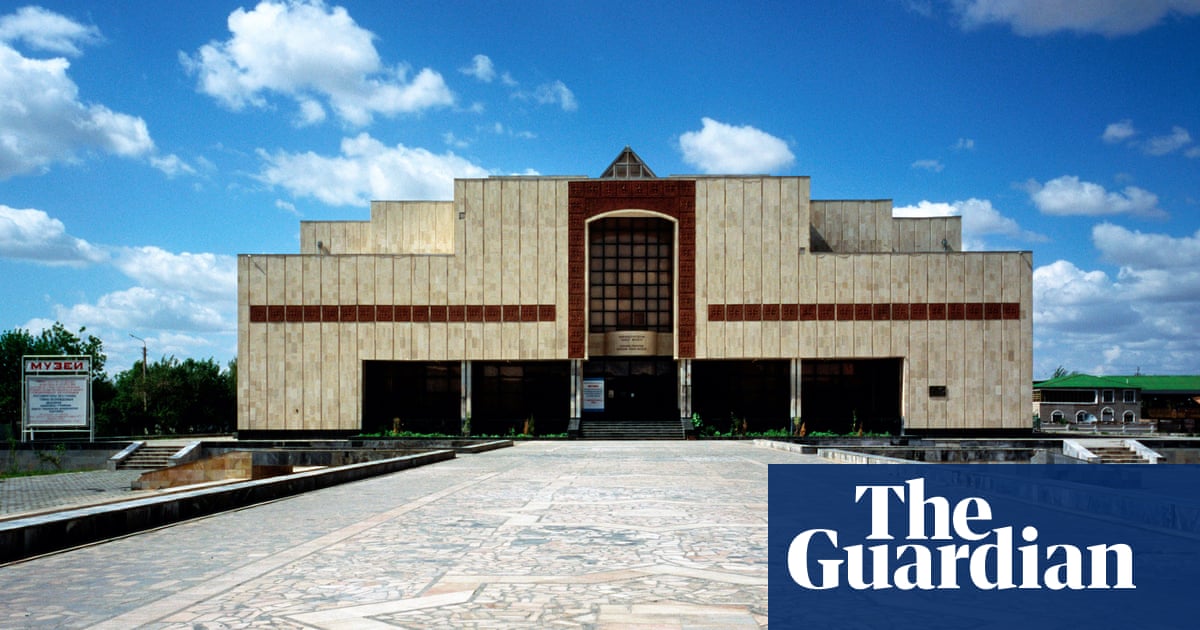
I am sitting at a huge table at the Ministry of Culture in Tashkent, Uzbekistan, as officials explain what sounds like a wonderful opportunity. Theres currently an international call-out to find someone to run a gallery in the country, one housing the worlds second-largest collection of Russian avant garde art. What an amazing job, I think raising the profile of a museum that could turn out to be the Louvre of central Asia.
But the dream job may not be quite so dreamy. The next day, at a godawful hour, I get up to fly to Nukus in northern Uzbekistan, where this museum of forbidden art is located. En route, I blearily note that even the guidebooks can find little to say about this unappealing city. It seems the only other reason people venture there is for a spot of disaster tourism. The Aral Sea, once the fourth largest inland sea, has shrunk because of Soviet irrigation systems and chemicals pumped into the water. All the fish are dead. Theres a horribly photogenic landscape of rusting boats on a dried-up seabed that looks like a lunar surface. Toxic dust blows through the area there are high rates of infant mortality and cancer.
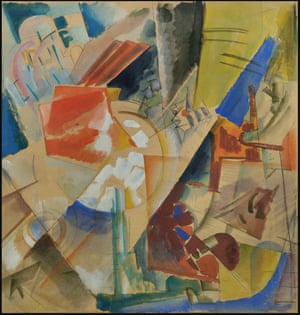
Still, I am here for the art, invited by the Ministry of Culture. Uzbekistan is opening up and has lifted visa restrictions in a bid to bring tourists flocking to the Silk Road cities that weve seen Joanna Lumley ooh and aah over. The Nukus Museum of Art might be as close to the middle of nowhere as I have ever been, but its still one of the countrys top draws thanks to its Savitsky Collection, which exists precisely because its so far from anywhere else.
Igor Savitsky, a former electrician born into a rich Russian family, came to this area on an archaeological dig around 1950 and started collecting local artefacts, textiles and jewellery. Because he was so far from Moscow (and the other centre of power, Tashkent) he was able to amass a huge collection of dissident avant garde art. Eventually he established a museum in 1966. The remoteness of the region allowed him to show and buy paintings that had been banned the authorities simply had no idea what he was up to. But while the collection may be impressive Volkov, Kurzin and Lysenko all feature its hard to imagine this place being able to compete with the worlds big collections. As you step over puddles along mud tracks towards a bleak square where the museum stands, everything feels deserted and half dead.
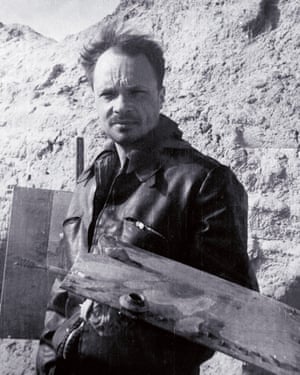
Inside, I approach an elaborate staircase and am welcomed by a charming guide. The art is everywhere stacked up in some places against the wall as rain comes in through a leaking roof. Then you start to understand what you are seeing, and its mind-blowing.
Savitsky risked everything for this collection. Some of these painters were tortured or murdered or spent long years in the gulags. The work collected is of both Russian and Uzbek artists who painted after the 30s, when all work that wasnt socialist realism was banned by Stalin. Any other styles of the time the emerging cubism, futurism, even impressionism were deemed criminal. Formalism, as it was called, was punishable. And the punishments were severe. Savitsky realised he could rescue these works. He would take a train to Moscow which took three days and charm the families of the painters; they would bring down works stuffed in attics. He was known as the widows friend. Part chancer, part hoarder, he brought together this collection of which only a small percentage is on show.
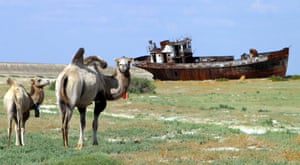
Its peculiar to walk into a treasure trove worth millions to international art dealers, yet see the place in such a dire state. There is nothing to do in this town apart from the museum: no restaurants, just a couple of grotty hotels. The infrastructure surrounding most successful art galleries is totally lacking. Is this me applying my western eye to what a museum should be? Possibly, but the art itself speaks to Savitskys colonial gaze on this culture. There are beautiful, Gauguin-like paintings by Nikolaev of the local boys with flowers, who dance for the men. This painter was arrested because of his sexuality and then converted to Islam. The tension between socialist realism and orientalism is played out on the walls here.
Some of this degenerate art is both overtly political and stylistically breathtaking. There are paintings openly critical of Stalin with Lenin as a shadow lurking in the corner. Volkov and Karahan endeavour to represent the new. Kandinsky had already escaped. Stalins 1932 decree on the Reconstruction of the Literary and Artistic Organisations which brought artists under Communist party control in an effort to unify political and aesthetic objectives meant an artist like Mikhail Kurzin who depicted Soviet man as ugly was sentenced to five years in prison. His is a harsh, brilliant work. Otto Dix comes to mind.
There are many works by women and Jewish artists in this huge collection. It is only relatively recently that such work could even be spoken about. When the museum showed the drawings of Nadezhda Boravaya scraps of paper showing emaciated prisoners, dead children and women with identity numbers the catalogue told visitors that these were imaginary drawings of a German concentration camp. In 1982 it was still not acceptable to tell the truth, that these were smuggled out of Soviet gulags.
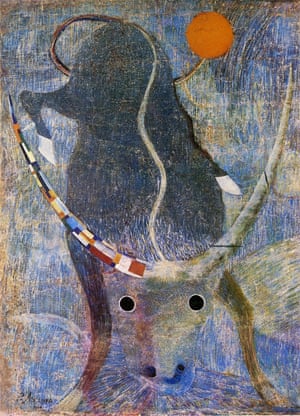
The famous Bull painted by Vladimir Lysenko, who was also imprisoned, had to be taken down the day the KGB arrived. Savitsky renamed it Fascism Advances and put it back up the next day. It was only during perestroika that any of this could be spoken about.
In truth, this vast emporium of dissidence and local culture needs so much more than a new director. It needs a restorer. On its wish list are basics such as moth strips and fax machines. The current director, Gulbahar Izentaeva, gave us tea and was bemused that her own job was being advertised. Relations between Tashkent and the museum, which is in the autonomous Republic of Karakalpakstan, seem strained to say the least.
A former director left having being accused of stealing but will be on the board of appointing the next director. Questions about how this will work were met with Soviet defensiveness. Making it work will be incredibly difficult.
I wondered about collaboration, and indeed some of the paintings have been shown at the Pushkin Moscow. Move the museum to Tashkent, just move it! someone said and I could see why.
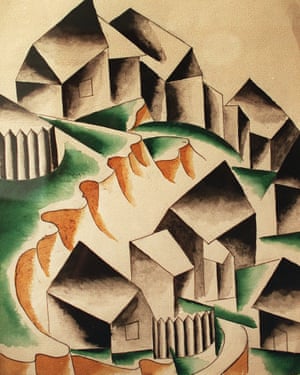
Yet as we drove through the desert from Nukus to the jewel that is Khiva, with its walled city, stopping at pre-Islamic desert castles, one could see what had drawn Savitsky to this place. I became interested not just with the great painters but the textiles and ceramics of Uzbekistan. The women make tapestries called suzanis as part of their dowries and sew into them symbols of fertility: lush pomegranates, birds, horns, their secret desires woven into clothes. Savitsky collected those too.
While other places in Uzbekistan were as gushworthy as everyone said, Nukus stayed with me. And the museum, in its oddness, is far removed from the usual exit through the gift shop experience of most art galleries. This is art that artists died for, collected by someone whose passion was to save their work. He believed one day that these artists would be recognised and rehabilitated.
Can this unique museum survive, when places like Abu Dhabi or even Vegas bolt on art galleries to show their cultural capital by simply paying for it? This is the very opposite of that. And it will soon be someones job to get people to go there.

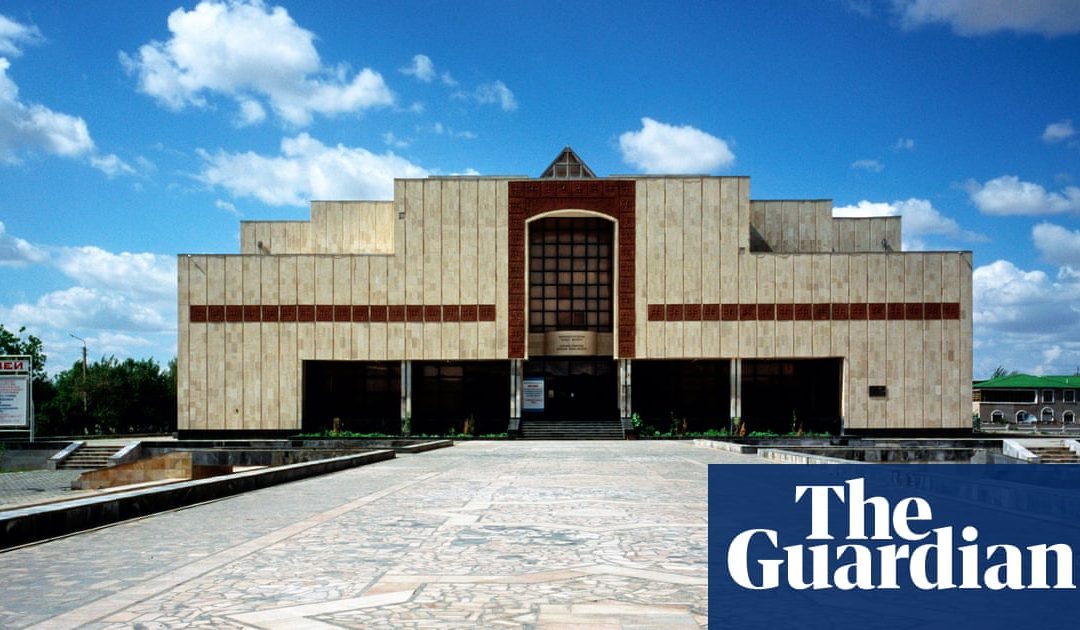
Recent Comments